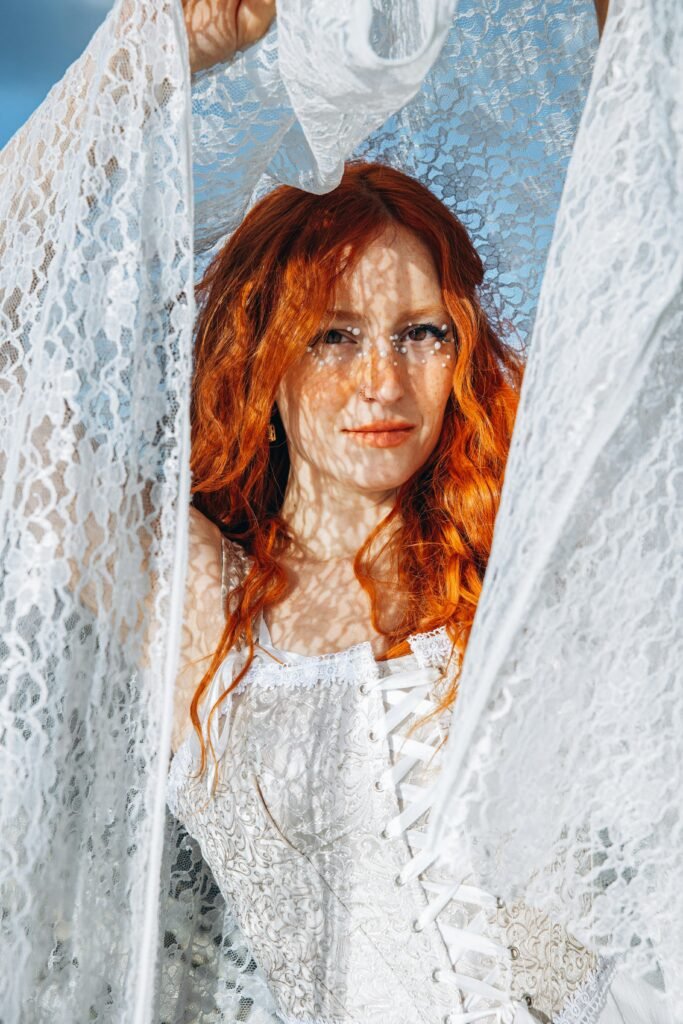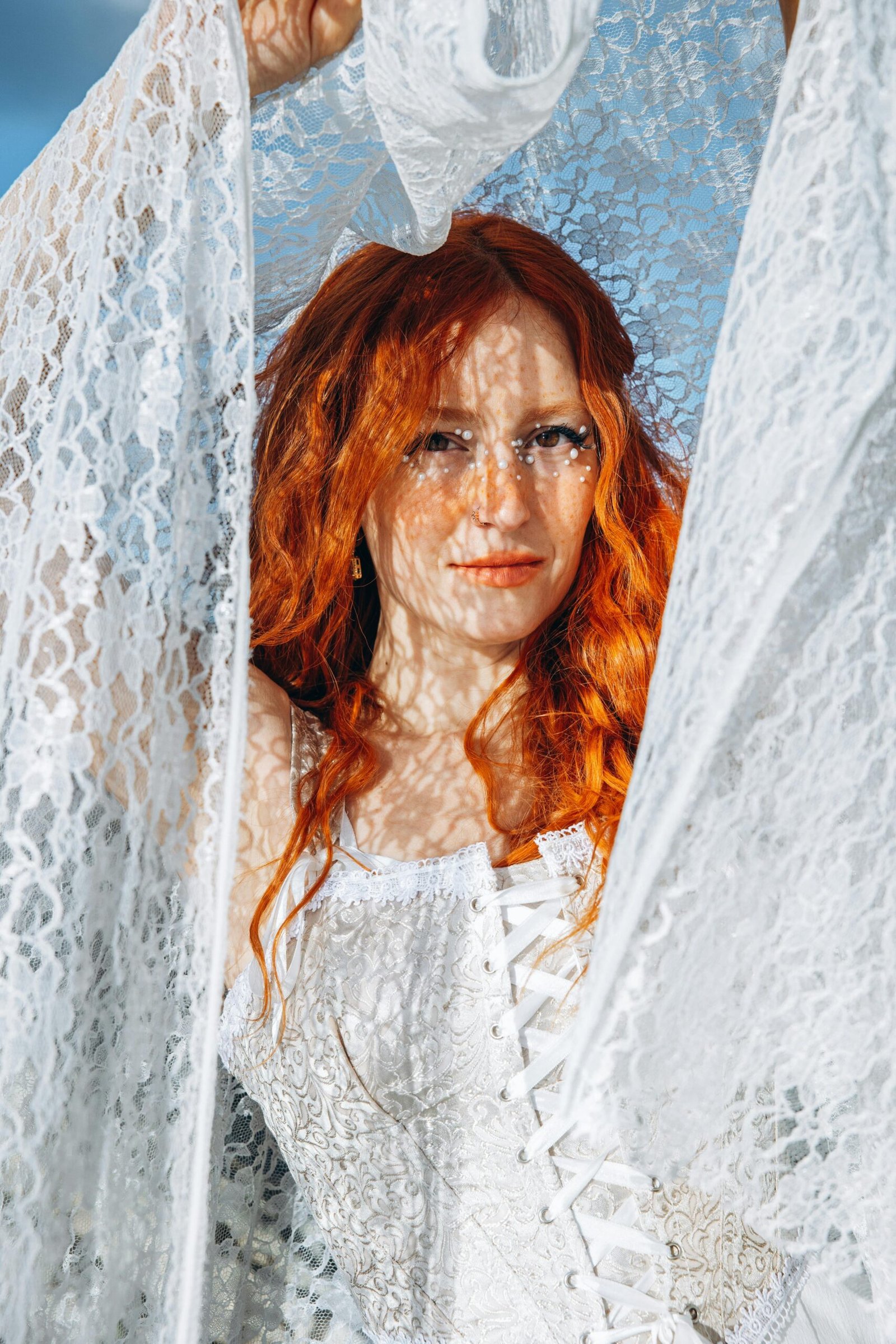Are you curious which color palettes will make your home feel fresh, current, and comfortable in 2025?

What Are The Best Color Trends For Home Decor In 2025?
You’ll find that 2025 color trends balance comfort with personality, sustainability with sophistication, and nostalgic warmth with modern clarity. These trends give you options whether you prefer soothing neutrals or bold, mood-setting hues.
Why 2025 Feels Different For Color
Color trends respond to cultural shifts, advances in materials, and how you spend time at home. After years of remote work, ongoing climate concerns, and a renewed interest in tactile design, the palette for 2025 favors colors that support calm, resilience, and meaningful expression.
Social and cultural influences
You want colors that reflect slower living, connection to nature, and handcrafted authenticity. As society values wellbeing, palettes lean into tones that soothe and restore while still allowing individual flair.
Technology and materials influence
New formulations of low-VOC paints, improved pigments, and sustainable dyes mean you can choose richer color with less environmental impact. Lighting technologies and smart home systems also change how colors appear over time, so your choices should account for both daylight and artificial lighting.
The Main Color Families for 2025
Below is a quick snapshot of the major color families taking center stage in 2025. Use these as a starting point when planning rooms, furniture, and finishes.
| Color Family | Mood / Effect | Best Uses |
|---|---|---|
| Earthy Neutrals (warm beiges, clay, mushroom) | Grounding, warm, timeless | Living rooms, kitchens, whole-home palettes |
| Terracotta & Rustic Orange | Cozy, energized, artisanal | Accent walls, ceramics, textiles |
| Deep Greens (forest, sage, moss) | Rejuvenating, nature-connected | Bedrooms, libraries, accent cabinetry |
| Oceanic Blues (teal, deep navy) | Calming, sophisticated | Bathrooms, home offices, statement walls |
| Muted Pastels with Weight (dusty pinks, soft mauves) | Gentle, nostalgic | Bedrooms, nurseries, mixing with woods |
| Moody Jewel Tones (burgundy, peacock, deep plum) | Luxurious, dramatic | Dining rooms, accent furniture |
| Matte Black & High-Contrast Neutrals | Graphic, modern | Trim, doors, window frames |
| Warm Whites & Creams | Flexible, warm, reflective | Ceilings, trim, minimalist interiors |
| Subtle Metallics (brushed gold, aged brass) | Elevated warmth, reflective accents | Hardware, lighting, small décor |
How to read these colors for your home
You’ll want to choose a base color family and then layer accents. Think in terms of primary (walls/main surfaces), secondary (furniture, large textiles), and accent (small objects, trims) to keep spaces balanced.
Signature Palettes with Hex Codes
Here are usable palettes you can reference when picking paints, fabrics, or digital mockups. Use these hex codes with caution because paint pigments can vary between brands and lighting changes perception.
| Palette Name | Primary | Secondary | Accent | Hex examples |
|---|---|---|---|---|
| Warm Earth Sanctuary | Warm Beige | Soft Clay | Moss Green | #DCC8B6, #C88A6B, #6B8B6B |
| Ocean Calm | Deep Teal | Soft Sky | Sand | #0F4C5C, #8FB7C8, #E6DCC0 |
| Heritage Jewel | Deep Burgundy | Charcoal | Brass Accent | #6A1B1A, #2F2F2F, #C7A17A |
| Soft Nostalgia | Dusty Rose | Muted Lavender | Cream | #C9A0A8, #B99FBF, #F2EDE6 |
| Modern Minimal Warmth | Warm White | Taupe | Matte Black | #F7F2EE, #A89F96, #2B2B2B |
Practical tip for using hex codes
Use digital swatches to visualize colors under different lighting settings, then order small paint samples to test on your walls across morning, afternoon, and evening light.
How to Apply Trends Room by Room
You’ll want different strategies for high-traffic spaces, intimate rooms, and functional areas. Below are room-specific recommendations that help you apply 2025 trends thoughtfully.
Living Room
Your living room should feel inviting and intentional. Choose an earthy neutral base with a bold accent wall in deep green or muted jewel tone if you want drama. Layer with textured fabrics—wool, boucle, and handwoven pieces—so color and texture work together.
- Base: Soft warm beige or cream
- Accent: Deep forest green, terracotta, or rich navy
- Textiles: Mixed neutrals and a single bright accent pillow
- Metals: Brushed brass or aged bronze for warmth
Kitchen
You’ll see more colored cabinetry in kitchens, especially in lower cabinets or islands, while upper cabinets stay lighter. Choose oceanic blues or deep greens for island cabinetry and pair with warm neutrals on walls and counters.
- Base: Warm white or soft cream cabinets
- Accent: Teal or deep green island
- Countertops: Warm stone or quartz with subtle veining
- Hardware: Brushed gold or matte black
Bedroom
Bedrooms should promote rest and personal identity. Soft pastels with depth like dusty lavender, sage, or warm terracotta tones create a peaceful atmosphere. For a more intimate feel, you can use moody jewel tones on one wall behind the bed.
- Base: Muted pastel or warm neutral
- Accent: Moody jewel tone or mixed textiles
- Bedding: Layered neutrals with one color pop
- Lighting: Warm color temperature bulbs (2700K–3000K)
Bathroom
You can be bolder in bathrooms because they’re smaller. Oceanic blues, different shades of green, or even metallic tiles work well. Consider matte black fixtures for a modern contrast.
- Base: Clean white or pale stone
- Accent: Teal tile, deep navy, or soft sage
- Fixtures: Matte black or brushed brass
- Materials: Large-format tiles to reduce grout lines and visual clutter
Home Office
You want focus without feeling sterile. Deep greens or warm neutrals can encourage productivity while still being comfortable. Use darker hues on built-ins or shelving to create visual depth.
- Base: Warm neutral or deep green
- Accent: Charcoal or terracotta elements
- Accessories: Natural woods and textured rugs for warmth
Pairing Colors, Textures, and Materials
Color works best when paired with complementary textures and materials. Your choices in wood, metal, and textile can shift a color’s perceived temperature and mood.
Wood tones and how they pair
- Light woods (maple, ash): Pair with soft pastels and cool neutrals for Scandinavian-style calm.
- Medium woods (oak, walnut with warm finish): Pair with earthy neutrals and terracotta to create cozy warmth.
- Dark woods (walnut with dark stains): Pair with jewel tones and deep greens for luxe sophistication.
Metals and finishes
Brushed brass and aged gold bring warmth to greens and blues. Matte black gives a modern graphic contrast to creams and whites. Polished chrome tends to read as cooler and pairs well with oceanic palettes.
Textiles and patterns
Use textured neutrals (bouclé, linen, nubby wools) as the base and add patterned throws or pillows in accent colors. Subtle geometric patterns or artisan motifs maintain interest without overwhelming.

Paint Finishes and Where to Use Them
Your finish choice impacts both appearance and durability. Below is a simplified guide.
| Finish | Look/Use | Best Rooms |
|---|---|---|
| Matte / Flat | Hides imperfections, velvety | Ceilings, adult bedrooms |
| Eggshell / Low-sheen | Slight luster, easy to clean | Living rooms, bedrooms |
| Satin | Durable, soft sheen | Kitchens, halls, bathrooms |
| Semi-gloss | Reflective, durable | Trim, doors, cabinetry |
| High-gloss | Very reflective, dramatic | Accent surfaces, trims, furniture |
Practical advice on finishes
Use matte for large, calming wall surfaces and satin/semi-gloss where you need washability. For cabinetry, semi-gloss or satin adds durability and a refined look.
Lighting: The Secret Variable
You’ll notice that color looks different under various lights. Use layered lighting—ambient, task, and accent—to control mood and reveal color nuance.
How light affects color
- Daylight: Shows color truest, cooler in north-facing rooms
- Incandescent/warm LED (2700K–3000K): Makes colors warmer and cozy
- Cool LED (3500K–4000K): Brings clarity and a slightly cooler cast
Test samples at different times of day and with your regular lamps on for best results.
Sustainable and Health-Conscious Choices
You’ll likely want paints and materials that are safer and better for the planet. Low-VOC paints are mainstream now, and sustainable fibers are easier to find.
- Choose low- or zero-VOC paints to reduce odors and toxins.
- Look for sustainably harvested wood and natural fibers like organic cotton, wool, or hemp.
- Reuse or refinish existing furniture rather than replace it when possible.
Certifications and labels to look for
Eco-Labels: Green Seal, GREENGUARD, Forest Stewardship Council (FSC). These indicate lower chemical emissions and responsible sourcing.

Accent Strategies: How to Use Color Without Overcommitting
You may want to add trend-forward color while keeping long-term flexibility. Here are tactics to try.
Accent walls and panels
Paint a single wall in a deeper hue or add wood panels to anchor a room. This lets you introduce bold color without overwhelming.
Furniture and smaller investments
Choose a colored sofa, an accent armchair, or painted cabinetry for visible impact that’s replaceable as your tastes change.
Textiles and art
Switching rugs, cushions, curtains, or art is one of the easiest ways to update color. You can shift the mood seasonally or whenever you want a refresh.
Trend Forecast: What Will Persist Beyond 2025
Some elements of 2025 trends are likely here to stay: nature-inspired greens, warm neutrals, thoughtful use of jewel tones, and an emphasis on tactile surfaces. Expect sustained interest in sustainable finishes and adaptable palettes that let you mix modern and traditional elements.
Mistakes to Avoid
You want cohesive results, so watch out for common pitfalls.
- Choosing paint from a screen alone: Always test in room lighting.
- Ignoring undertones: Whites and neutrals can skew warm or cool—test next to trim and flooring.
- Using too many strong accents: Limit bold colors to one or two per room.
- Overmatching: Mix metals and wood tones intentionally; perfect matches can feel flat.
Budgeting and Project Planning
Planning prevents surprises. Below is a basic cost and time guide for a single room repaint (average-sized room).
| Task | Estimated Cost (USD) | Time |
|---|---|---|
| Paint (quality brand) | $40–$80 per gallon | N/A |
| Primer | $20–$40 per gallon | N/A |
| Supplies (rollers, tape) | $20–$60 | N/A |
| Professional labor | $300–$1,000 | 1–3 days |
| Sample/testing (small cans) | $5–$20 each | 1–2 weeks to test |
How to prioritize budget
Invest more in high-traffic or visible finishes (kitchen, trim, cabinetry). Save by painting ceilings or larger wall areas yourself and hiring pros for detailed trim or high-gloss finishes.
DIY Tips for Painting Like a Pro
If you want to tackle painting yourself, follow these steps for better results.
- Prepare surfaces thoroughly—fill holes, sand rough spots, and clean dust/grime.
- Use a quality primer to ensure color fidelity and adhesion.
- Invest in good brushes and rollers; cheaper tools show in the finish.
- Cut in edges carefully before rolling the main surfaces.
- Apply two thin coats rather than one heavy coat to avoid drips and unevenness.
- Let paint cure fully—wait the manufacturer’s recommended time before rehanging art or moving furniture close to the wall.
How to Test Colors Effectively
Testing is crucial. Here’s a step-by-step method you can use.
- Buy sample pots or large-format peel-and-stick swatches.
- Paint 2×2-foot squares in different areas of the room—near windows, opposite windows, and under artificial lights.
- Observe at morning, afternoon, and night to see how hue shifts.
- Look at the painted squares with existing furniture and textiles to ensure harmony.
Combining Old and New: Blending Vintage with 2025 Trends
You’ll find that older pieces can complement new palettes beautifully. Mid-century furniture pairs well with jewel tones and deep greens, while farmhouse or rustic elements merge nicely with terracottas and earthy neutrals.
Practical pairings
- Vintage oak with warm terracotta for a cozy, collected look.
- Mid-century walnut with deep teal for a sophisticated contrast.
- Woven and artisanal textiles with muted pastels for a soft, layered aesthetic.
Quick Checklist to Apply 2025 Color Trends in Your Home
- Identify the feeling you want in each room (calm, energetic, cozy, focused).
- Choose a primary color family for the home and customize per room.
- Test paint samples at different times of day.
- Select finishes based on function (satin for kitchens, matte for living areas).
- Layer texture, wood tones, and metals to enrich color.
- Consider sustainable paints and materials where possible.
- Use accents and textiles to update without major renovation.
Frequently Asked Questions
Should I use trend colors throughout my whole house?
You do not have to use trend colors everywhere. Use a cohesive base color for flow and introduce trend hues in accents, cabinetry, or individual rooms to keep flexibility.
How long will these 2025 trends last?
Core elements like earthy neutrals and nature-inspired greens are likely to remain relevant for several years. More intense trend colors may cycle faster, so use them where swapping is easy.
Can I pair multiple trend colors in one room?
Yes, but keep one color dominant and two supporting colors to maintain balance. Use texture and neutral grounding to prevent visual chaos.
Final Thoughts and Next Steps
You’re ready to approach 2025 color trends with confidence. Start small if you’re unsure—test samples and swap textiles before committing to major changes. Remember that color should support how you live in your space: comfort, beauty, and function come first. When you select colors that resonate with your lifestyle and combine them with thoughtful materials and lighting, your home will feel both current and personally meaningful.
If you want, you can tell me which room you’re planning to update and your color preferences, and I’ll suggest tailored palettes and practical steps to get started.
